In the heart of Ontario’s wilderness, a quiet revolution is taking place. Wildlife conservation groups are transforming how we protect our natural heritage, one species at a time. From tracking endangered Blanding’s turtles in the Kawarthas to restoring wolf populations in Algonquin Park, these dedicated teams of scientists, volunteers, and nature enthusiasts work tirelessly to ensure our wild spaces thrive for generations to come.
These grassroots organizations don’t just preserve wildlife – they create bridges between urban communities and the natural world. Through citizen science programs, educational outreach, and hands-on conservation projects, they’re proving that everyone can play a vital role in protecting our local ecosystems. Whether you’re a weekend nature enthusiast or a seasoned environmentalist, these groups offer countless ways to make a real difference in wildlife preservation.
What makes Ontario’s conservation groups truly special is their collaborative approach. By partnering with Indigenous communities, local governments, and international organizations, they’re building a comprehensive network of protection that spans from the shores of the Great Lakes to the northern boreal forests. Their work reminds us that when it comes to preserving wildlife, we’re all in this together.
Making a Difference in Your Backyard: Local Conservation Success Stories
The Frontenac Arch Restoration Project
The Frontenac Arch, a stunning ecological corridor connecting the Adirondack Mountains to the Canadian Shield, has become a shining example of community-driven conservation success. Local residents, conservation groups, and Indigenous communities have joined forces to restore and protect this vital wildlife pathway.
Started in 2018, this grassroots initiative has already restored over 200 hectares of habitat, creating safe passages for species like the threatened Blanding’s turtle and eastern wood-pewee. Volunteers regularly gather to plant native trees, combat invasive species, and monitor wildlife movement through the corridor.
What makes this project truly special is its inclusive approach. Local schools participate in educational programs, teaching students about ecosystem connectivity while getting their hands dirty in restoration work. Farmers and landowners have embraced wildlife-friendly practices, creating buffer zones along their properties to support animal movement.
The project has become a model for other communities, showing how local action can have far-reaching impacts on wildlife conservation. Visitors can join guided nature walks to learn about the restoration efforts, or participate in seasonal volunteer days. These hands-on experiences not only contribute to conservation but also help people forge deeper connections with nature and their community.
Thanks to these collaborative efforts, the Frontenac Arch is once again becoming a vital lifeline for Ontario’s wildlife, ensuring their survival for generations to come.
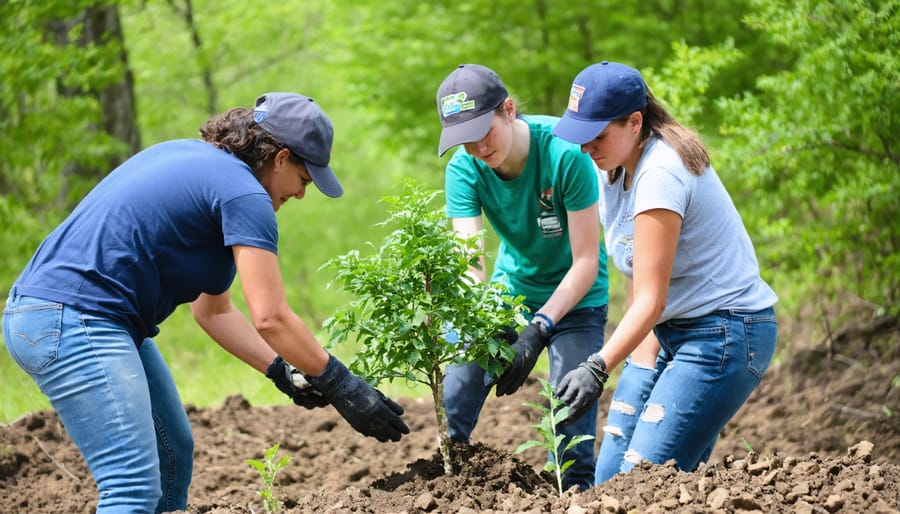
Urban Wildlife Watch Programs
Urban residents across Ontario are discovering creative ways to transform their neighborhoods into havens for local wildlife. From backyard butterfly gardens to community-led monitoring programs, these grassroots initiatives are making a significant impact on urban biodiversity.
Take the popular “Backyard Habitat Certification” program, where homeowners learn to create wildlife-friendly spaces using native plants, water features, and natural shelter areas. Sarah Thompson, a participant from Toronto, shares how her certified garden has become a stopover point for migrating monarchs and a home to countless bird species. “It’s amazing how even a small space can make such a difference,” she says.
Community science initiatives are also gaining momentum. The “Urban Wildlife Watch” app allows residents to document wildlife sightings, helping researchers track urban animal populations and movement patterns. These observations have led to better urban planning decisions, including the creation of wildlife corridors and the preservation of essential green spaces.
Local schools are getting involved too, with students participating in citizen science programs. Many have installed bird feeders, built bat boxes, and created pollinator gardens, turning school grounds into living laboratories for wildlife observation.
Want to get started? Consider joining a local nature group, installing native plants in your garden, or participating in seasonal wildlife counts. Even simple actions like keeping cats indoors and reducing outdoor lighting can make your urban space more wildlife-friendly.
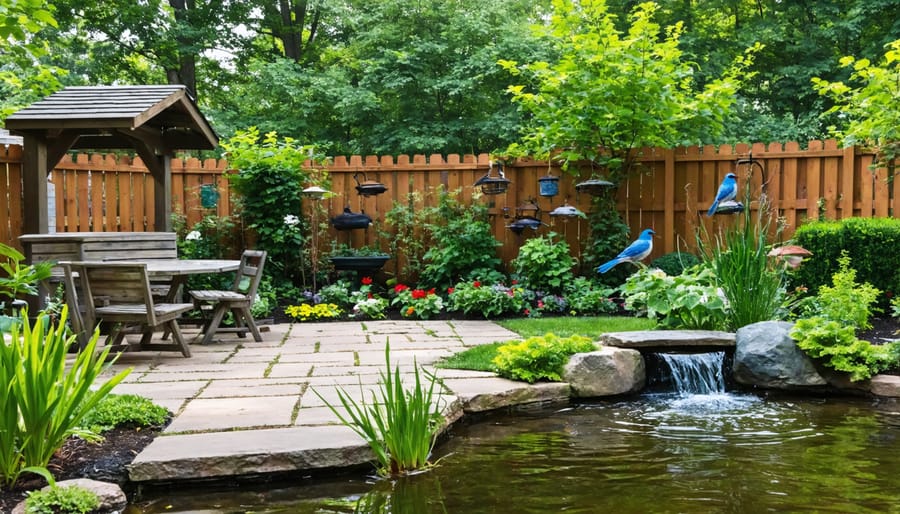
How to Get Involved: Your Conservation Journey Starts Here
Finding Your Local Conservation Group
Getting involved in wildlife conservation is easier than you might think! Ontario is home to numerous dedicated conservation groups, and finding the right one for you is just a matter of knowing where to look.
Start by checking out Ontario Nature, which maintains a network of over 150 conservation groups across the province. Their website features an interactive map where you can locate groups in your area, along with contact details and current projects.
The Ontario Federation of Anglers and Hunters (OFAH) is another excellent resource, with local chapters throughout Ontario. These chapters often focus on specific wildlife species or habitats and welcome new members year-round.
For those in urban areas, organizations like Toronto Wildlife Centre and Ottawa’s Wild Bird Care Centre offer volunteer opportunities and educational programs. Many local conservation authorities also run their own wildlife initiatives and are always looking for passionate volunteers.
Here’s a quick way to find groups near you:
– Visit your local conservation authority’s website
– Check community bulletin boards at nature centers
– Follow regional environmental organizations on social media
– Contact your municipal government’s environmental department
– Join local nature-focused Facebook groups
Pro tip: Many conservation groups host open houses or public events where you can meet members and learn more about their work before committing. These events are perfect for getting a feel for the organization’s culture and finding the right fit for your interests.
Remember that even small groups can make a big difference, so don’t overlook newer or lesser-known organizations in your area. The most important thing is finding a group that aligns with your conservation interests and availability.
From Observer to Activist: First Steps
Taking that first step from nature admirer to active conservationist might feel daunting, but it’s easier than you think! Start by joining local nature walks and guided hikes – these outings help you develop a deeper understanding of Ontario’s diverse ecosystems while connecting with like-minded individuals.
Consider participating in biodiversity mapping initiatives, where you can contribute valuable data while exploring our beautiful parks. Even simple actions like photographing wildlife and recording observations through nature apps make a real difference in tracking species populations.
Local tip: Many conservation groups offer beginner-friendly training sessions during spring and summer months. These workshops teach essential skills like wildlife identification, tracking, and proper documentation techniques. Plus, they’re a fantastic way to meet experienced conservationists who love sharing their knowledge!
Start small by adopting sustainable practices in your daily life. Reduce single-use plastics, create wildlife-friendly spaces in your backyard, and spread awareness about conservation issues on social media. Remember, every positive action counts!
Ready to dive deeper? Consider these beginner-friendly activities:
– Join weekend habitat restoration projects
– Participate in seasonal bird counts
– Help with native plant gardens
– Assist in educational programs for kids
– Support local wildlife rehabilitation centers
The key is to start with activities that match your comfort level and gradually build your involvement. Whether you have just an hour a week or want to make conservation your lifestyle, there’s a perfect role waiting for you in Ontario’s wildlife conservation community.
Impact Through Education: Teaching the Next Generation
School Partnership Programs
Wildlife conservation groups across Ontario are making significant strides in environmental education through innovative school partnerships. These programs bring nature directly into classrooms and take students into the great outdoors, creating lasting connections between young minds and local wildlife.
Through interactive workshops, field trips, and citizen science programs, students get hands-on experience with wildlife conservation. Popular activities include building bird houses, conducting butterfly counts, and participating in native plant gardens on school grounds. These projects not only teach valuable scientific skills but also foster a sense of environmental stewardship from an early age.
Local conservation experts regularly visit schools to share their knowledge and experiences, often bringing along animal ambassadors like rescued owls or turtles. These encounters create memorable learning experiences that inspire students to become future conservation leaders.
Many schools have adopted “wildlife guardian” programs where classes take responsibility for monitoring and protecting specific natural areas in their communities. Students learn to identify local species, track seasonal changes, and understand the delicate balance of ecosystems right in their own neighborhoods.
The success of these partnerships is evident in the growing number of youth-led conservation initiatives and the increasing participation of families in local nature programs. It’s heartwarming to see children teaching their parents about native species and leading the charge in community conservation efforts.
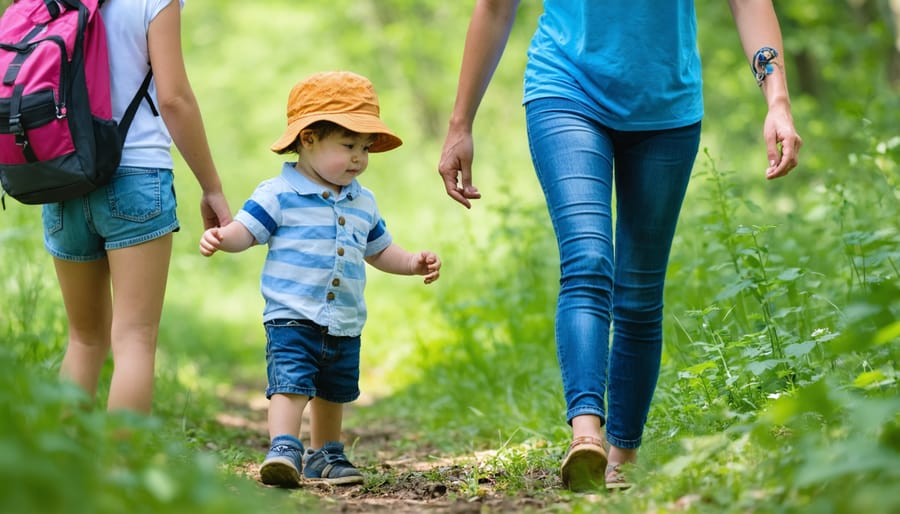
Family-Friendly Conservation Activities
Getting the whole family involved in wildlife conservation can be both fun and educational! Start with backyard activities like building bird feeders or creating a butterfly garden together. Kids love watching their garden transform into a mini wildlife sanctuary, and it’s a perfect way to teach them about local species.
Join organized family nature walks where experienced guides help you spot and identify different animals and their tracks. Many conservation groups offer special “Junior Ranger” programs where children can earn badges while learning about wildlife protection. These programs often include exciting activities like owl pellet dissection and animal track casting.
Try citizen science projects that the whole family can participate in. Download wildlife tracking apps and contribute to real scientific research by recording animal sightings in your area. It’s like a treasure hunt with a purpose! During winter, families can help with bird counts or assist in monitoring local frog populations in spring.
Create a family conservation calendar marking special dates like World Wildlife Day or Earth Day. Plan family activities around these events, such as participating in local cleanup drives or attending wildlife festivals. You might even consider “adopting” an endangered animal through reputable conservation programs – kids love receiving updates about their adopted animal!
Remember to start small and make it fun. Even simple activities like recycling challenges or creating wildlife-themed art from recycled materials can help build lasting conservation values in children while bringing the family closer together.
Conservation Tourism: Supporting While Exploring
Exploring Ontario’s natural wonders doesn’t mean you have to be just a spectator – you can actively contribute to wildlife conservation while enjoying your adventure! Many of our parks offer unique opportunities that combine tourism with meaningful conservation work, making your visit both enjoyable and impactful.
One of the most popular ways to get involved is through “citizen science” programs. During your hike or camping trip, you can use smartphone apps like iNaturalist to document wildlife sightings. These observations help researchers track species populations and migration patterns. It’s like being a wildlife detective while enjoying your outdoor adventure!
Consider joining guided conservation walks led by naturalists. These eye-opening experiences not only teach you about local wildlife but also show you hands-on ways to protect native ecosystems. You might help remove invasive plants, participate in bird counting, or assist in monitoring turtle nesting sites.
Many parks offer “conservation stays” where you can combine your vacation with volunteer work. Imagine spending your morning helping to maintain wildlife habitats and your afternoon canoeing on a pristine lake! These programs typically run from a few hours to several days, perfect for fitting into your travel schedule.
Photography enthusiasts can contribute by joining wildlife photo monitoring projects. Your snapshots of animals in their natural habitat provide valuable data for researchers while creating lasting memories of your visit.
Remember to practice responsible tourism: stick to marked trails, properly dispose of waste, and maintain safe distances from wildlife. Consider purchasing a seasonal park pass – the proceeds directly support conservation efforts. You can also make a difference by choosing eco-friendly accommodations and supporting local businesses that prioritize sustainable practices.
By participating in these activities, you’re not just creating memorable experiences – you’re becoming part of Ontario’s wildlife conservation success story!
The heartbeat of successful wildlife conservation lies in the power of community engagement. Throughout Ontario, we’ve witnessed how passionate individuals and groups coming together can create remarkable changes for our local wildlife. From the return of peregrine falcons to our city skyscrapers to the thriving populations of wild turkeys in our forests, these success stories stem from dedicated community efforts.
But our work isn’t done yet. Every person who calls Ontario home or visits our beautiful province can play a vital role in protecting our wildlife. Whether it’s participating in local conservation events, supporting wildlife rehabilitation centers, or simply making eco-conscious choices in your daily life, your actions matter.
Consider joining a local conservation group or volunteering at wildlife sanctuaries. Share your wildlife encounters responsibly on social media to raise awareness. Teach children about the importance of protecting our natural heritage. Even small actions, like properly disposing of waste or reducing plastic use, contribute to wildlife protection.
Remember, conservation isn’t just about preserving wildlife – it’s about maintaining the delicate balance that makes Ontario such a unique and beautiful place to live and visit. By working together, we can ensure that future generations will continue to experience the joy of watching a beaver build its dam, hearing a loon’s call across a misty lake, or spotting a majestic moose in our northern forests.
The time to act is now. Join us in making a difference for Ontario’s wildlife!

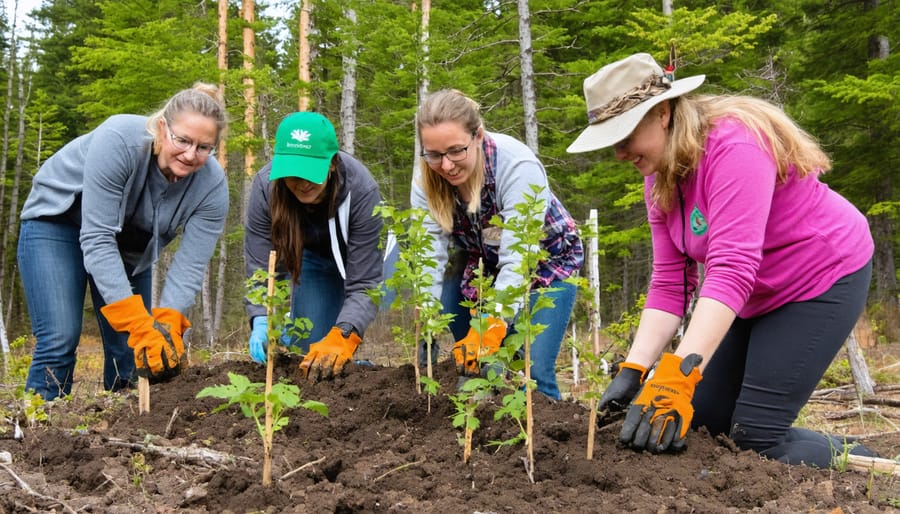
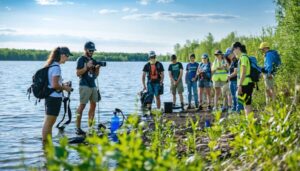

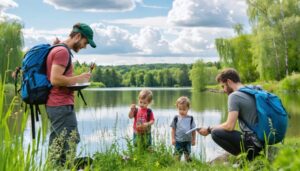

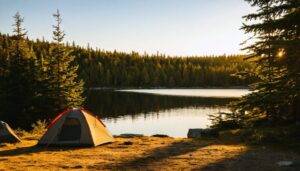
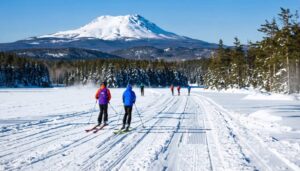
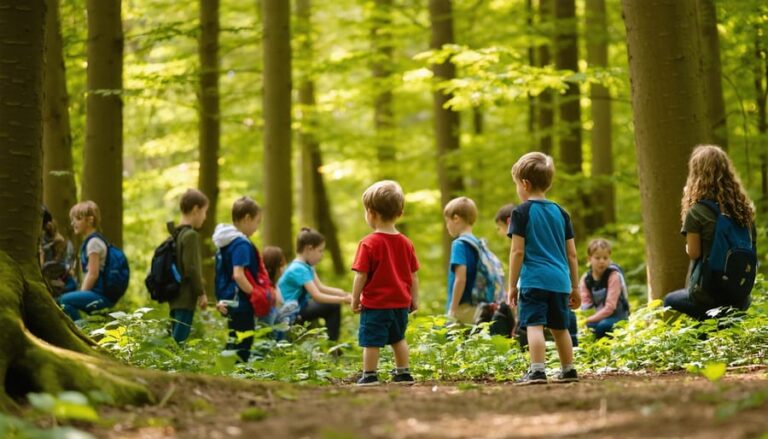
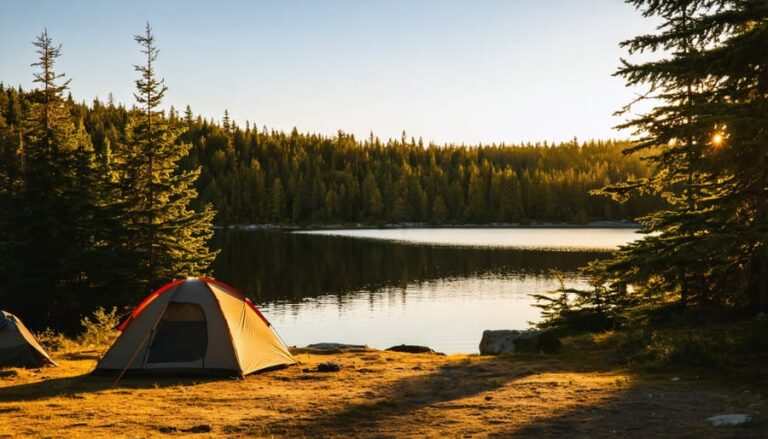
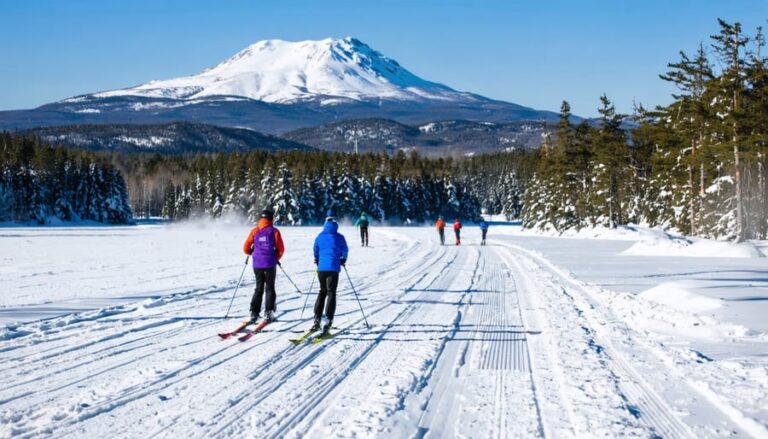

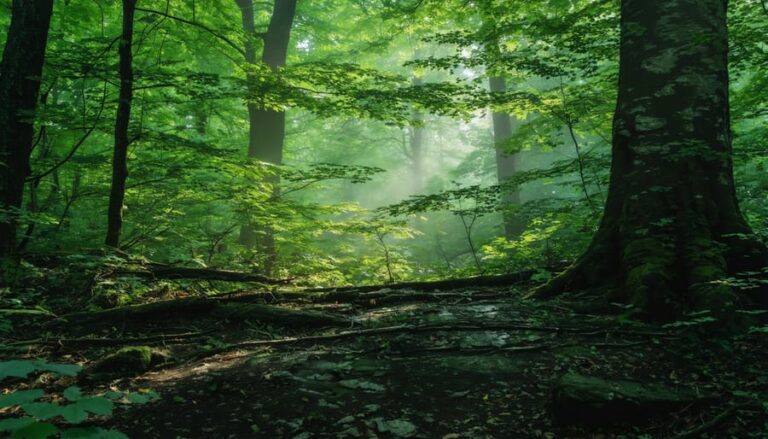
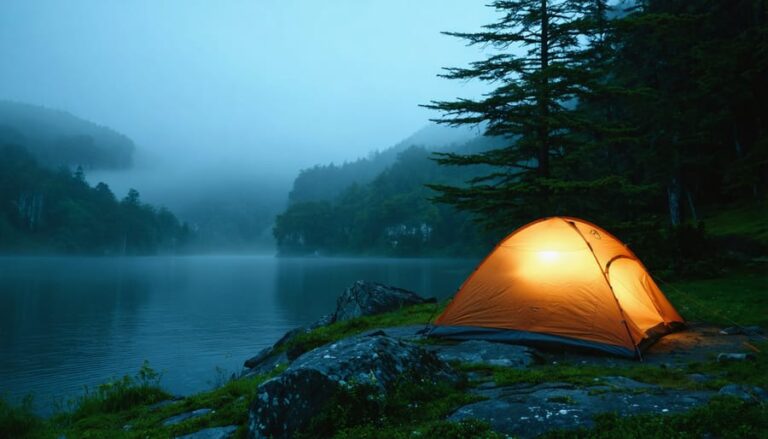
+ There are no comments
Add yours